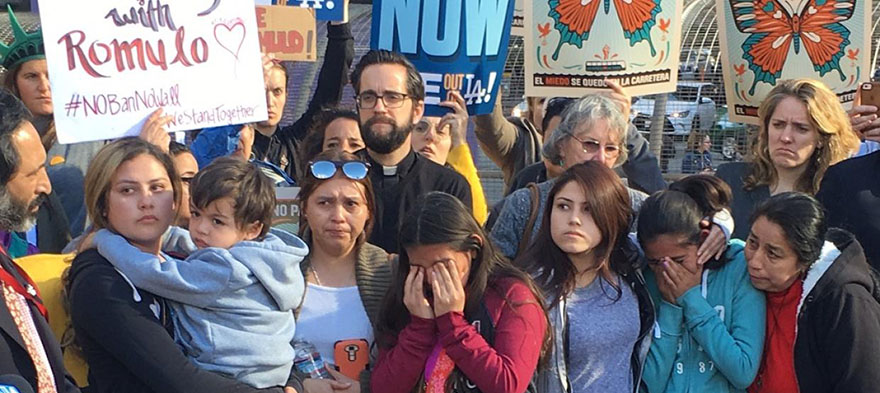
Mar 10, 2017 12:00:00 AM
by Mary Moran
Mary Moran is a member of Education Leaders of Color and the co-founder of Our Voice Nuestra Voz (OVNV), an education advocacy and parent organizing start-up in New Orleans. Mary’s passion to empower under-resourced communities came from her experience as an Afro-Latina attending schools in South Los Angeles. Mary brings 12 years of experience in organizing, classroom teaching and grassroots leadership development. Mary began her career as an organizer for Catholic Charities in 2003, where she worked under the direction of PACT (People Acting in Community Together), a PICO national network affiliate. Here is where she learned the practice of organizing, resulting in the first high-quality school options for students in Alum Rock Unified School District in San Jose, CA. She joined the founding team of Renaissance Academy Middle School, which received an award as a California Distinguished School and remains the highest performing middle school in the district. Mary led a program in East Palo Alto, CA, working with high school students on leadership development and advocacy. Students successfully designed and led campaigns aiming to address policies that affected their lives and community. These experiences inspired her to attend graduate school and enroll in a teacher preparation program at Mills College in Oakland, CA. Mary was accepted into the ELEV8 Safe Passage Fellowship where she developed, designed, and facilitated classroom management and intervention plans for middle school teachers in Oakland Unified School District. She later joined the then small and young staff at Parent Revolution in Los Angeles, CA. Among other campaigns, Mary led a successful in-district turnaround campaign at Lennox Middle School. She led parents to form a community organization representing 1500 middle school parents to leverage the “parent trigger” law to bring systems and leadership change to their school. Mary is a graduate of Harvard’s Executive Education Leadership in Action program under the direction of Marshall Ganz. Later, as a Regional Campaigns Director, she created and led grassroots strategies and coalitions, lobbying for passage of education legislation in multiple states (PA, NJ, OH, IN, TX, LA, TN). In addition to developing OVVN she also provides strategic and tactical development on issues and local political campaigns in Louisiana and writes for Education Post.
The story you tell yourself about your own math ability tends to become true. This isn’t some Oprah aphorism about attracting what you want from the universe. Well, I guess it kind of is, but...
If you have a child with disabilities, you’re not alone: According to the latest data, over 7 million American schoolchildren — 14% of all students ages 3-21 — are classified as eligible for special...
The fight for educational equity has never been just about schools. The real North Star for this work is providing opportunities for each child to thrive into adulthood. This means that our advocacy...
Your donations support the voices who challenge decision makers to provide the learning opportunities all children need to thrive.
Ed Post is the flagship website platform of brightbeam, a 501(c3) network of education activists and influencers demanding a better education and a brighter future for every child.
© 2020–2024 brightbeam. All rights reserved.
Leave a Comment